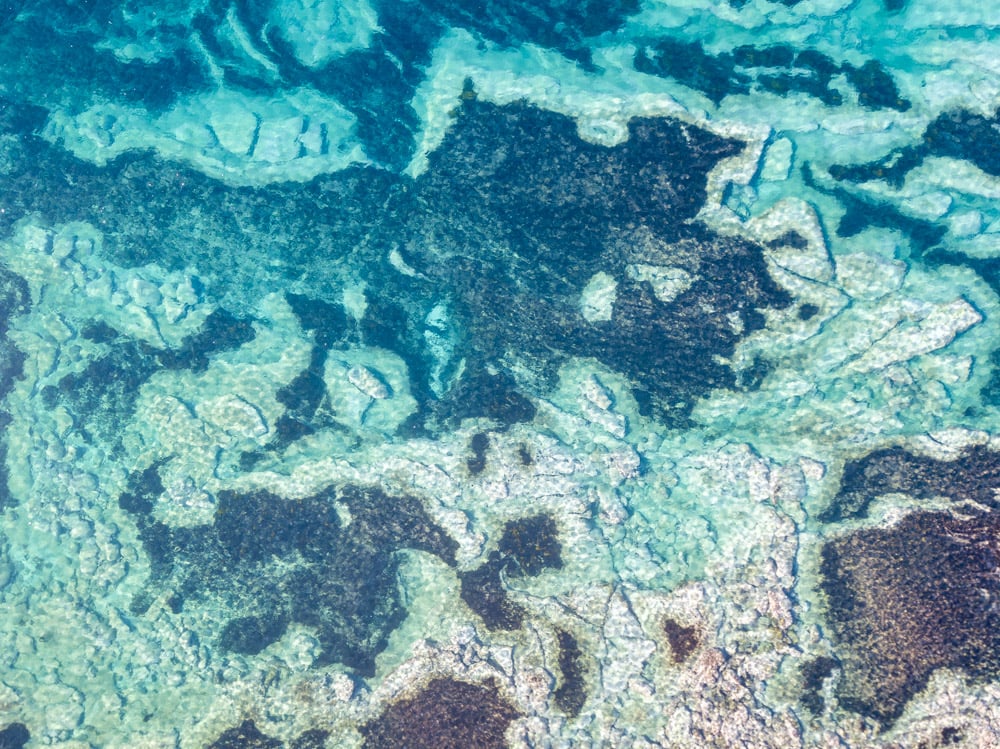Australia is world-renowned for its diverse array of wildlife. Known for its kangaroos, koalas, and kookaburras on land, Australia’s marine life is equally as fascinating, if not more. Among these, a captivating group of species that contribute significantly to the ecological balance of marine life are marine reptiles. From sea turtles to saltwater crocodiles, Australia’s marine reptiles showcase an interesting interplay of evolution, survival, and ecological significance.
One of the most iconic marine reptiles gracing Australian waters are sea turtles. There are six species that make their home in the continent’s tropical and subtropical waters. These include the green turtle, hawksbill turtle, flatback turtle, loggerhead turtle, leatherback turtle, and the Olive Ridley turtle. Each species has a unique role in maintaining marine ecosystems. For example, green turtles primarily consume seagrass, playing a vital role in maintaining the health of these seagrass beds, which in turn provide breeding and developmental grounds for several species of fish and crustaceans. Unfortunately, many of these sea turtle species are now endangered and are protected under Australian law, facing threats from climate change, habitat loss, pollution, and incidental capture in fishing gear.
Next, we dive into the waters inhabited by the largest living reptile, the Saltwater Crocodile, or as locals fondly call them, “salties.” These formidable predators dominate the northern regions of Australia, boasting an impressive adaptive capacity, comfortably transitioning between freshwater and seawater habitats. Their sheer size, aggressive behavior, and strength have earned them a reputation as one of Australia’s most fearsome predators. Yet, they hold immense ecological importance by maintaining the balance in the food chain and indirectly shaping the physical landscape of their habitats.
While turtles and crocodiles may be familiar, the marine world of Australia also hosts a less known but equally captivating group: sea snakes. Australia boasts an array of these creatures, many of them venomous. In the warm coastal waters, especially in the tropical regions of Western Australia and the Great Barrier Reef, the diversity of sea snakes is particularly remarkable. Species such as the beaked sea snake and the elegant sea snake often pique the curiosity of marine biologists and herpetologists alike. Their highly adapted, paddle-like tails for swimming and the ability to absorb oxygen through their skin while diving makes them a fascinating subject of study.
An unlikely mention in the list of Australian marine reptiles is the Marine Iguana. Though not native to Australia, these unique creatures have been occasionally spotted in Australian waters, having embarked on a considerable journey from the Galapagos Islands. Marine iguanas are the world’s only sea-going lizards, setting them apart in the world of herpetology.
Protecting and conserving these marine reptiles is a task of immense importance in Australia. Rising global temperatures and human activities threaten their survival. Sea turtles and their nesting grounds are particularly vulnerable to climate change, as rising sea levels could inundate these areas. Additionally, increased beach temperatures can skew the sex ratio of hatchlings, as the temperature at which eggs are incubated determines the sex of the turtle. Likewise, the loss of mangrove habitats, pollution, and human encounters pose threats to saltwater crocodiles, while sea snakes are vulnerable to habitat degradation and commercial fishing activities.
Nevertheless, Australia is taking proactive steps to protect these unique species. Various conservation programs focus on research, management, and education about marine reptiles and their habitats. Strict regulations are in place against hunting, and efforts to clean and preserve their habitats are ongoing. Additionally, initiatives are being taken to understand better the impact of climate change on these species and develop strategies to mitigate these effects
